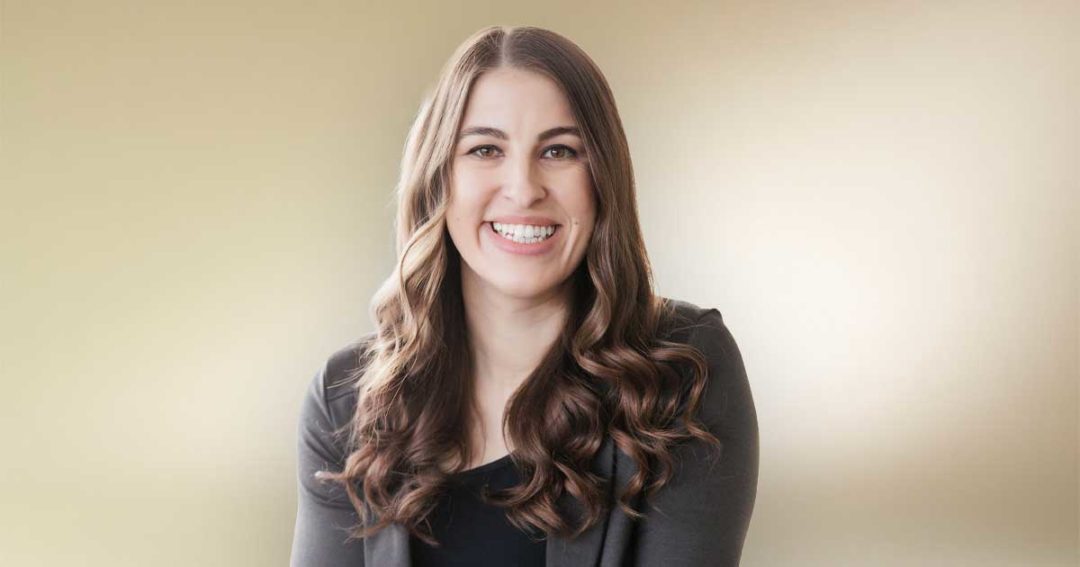‘A loan you can use on whatever you'd like’
'Whatever' loans and reverse money market accounts balance Members First’s financial picture.

Members First Credit Union has offered a seasonal “Whatever Loan” since 2008. Each winter, the loan attracts consumers who want to plan for the holidays, fill their propane tanks, or cross items off their “whatever” lists.
After 15 years of offering the loan and managing the risk, the $815 million asset credit union in Midland, Mich., decided “members needed it available all year,” says Marcie Long, chief strategy officer.
Members First now offers the “loan you can use on whatever you’d like” year-round to “be more of a safety net to meet the financial needs members have when the unexpected pops up and life happens,” Long says.
She expects winter will still be the busiest time for the $1,000 Whatever Loan, as the cold weather brings heightened expenses in Michigan. Members who have previously taken out a Whatever Loan may be eligible for a $1,500 loan.
The goal is to serve members’ financial needs without them going through a long qualification process or even a minimum credit score. Acquiring the loan is designed to be unintimidating, with applicants needing a checking account in good standing, direct deposit going into that checking account, and six months in their job.
“That's enough for us to feel confident,” says Long. “We understand how to help members through their financial well-being journeys and manage risk along the way.”
The long-term goal is to expand members’ use of credit union services.
“A Whatever Loan is an awesome opportunity for the member and our credit union,” Long says. “If you come in for a Whatever Loan, we’ll see if we can meet your needs in different or additional ways. This loan welcomes members with various financial stories into our credit union. We’re proud of each member who starts with a Whatever Loan and, through their journey with us, can qualify for a mortgage. That's the goal.”
Another outcome of Members First’s strategic plan is a reverse money market account to help consumers build a financial safety net. The account, which the credit union will unveil this year, ties directly to the goal of building inclusive products, Long says.
“One of our measures of success is to increase the percentage of our target market members who have at least $400 in their savings account,” she says. “The reverse money market will help them save and reach those initial milestones quicker.”
The reverse money market will pay the highest deposit rates for the lower-balance tiers. Higher-balance tiers continue to pay at a traditional money market rate. The first tier of the money market is $0 to $500; the second is $501 to $1,000.
“It starts as a reverse money market and it blends into a traditional money market, so members don’t have to switch products to benefit from a traditional money market once they have higher savings,” Long says. “With it being an inclusive product, there are no barriers to start or continue saving with us. All current members can get the product and benefit through their financial journey. For marketing, we shift the message and call to action to fit all savings needs.”
Long says the reverse money market account compliments the credit union’s financial offerings, balancing savings with its lending products.
For credit unions interested in doing the same, she suggests “checking in with themselves and their purpose as a credit union. The buy-in for these two products is that they're the right thing to do for our members. Risk and cost of funds will always be considerations, but as long as we provide the right products, we look forward to serving members.”
